Was It Rude for Ancient Women to Wear Their Hair Loose?

This question is likely on the minds of many hanfu enthusiasts. When people first start learning about traditional Chinese clothing, they’re often reminded never to “wear their hair in a disheveled manner.” For the ancients, when was it necessary to tie up their hair in a bun? And for people today, is it essential to follow ancient customs and tie up their hair too?
When some hanfu enthusiasts (myself included) gather with others, we notice different approaches to hairstyles. Some go all out and style their hair into elaborate buns. Others opt for simple, classic, and tasteful hairstyles that match their hanfu. They don’t always feel the need to tie their hair up tightly. Of course, at these laid – back offline gatherings, there aren’t overly strict requirements. However, there are still times when we need to consider the appropriateness of our hairstyles. The picture below shows the hairstyle I wore at the time. Since I had to travel a long way, I even wore sneakers to the gathering. Surprisingly, no one criticized me for not dressing according to the rules.
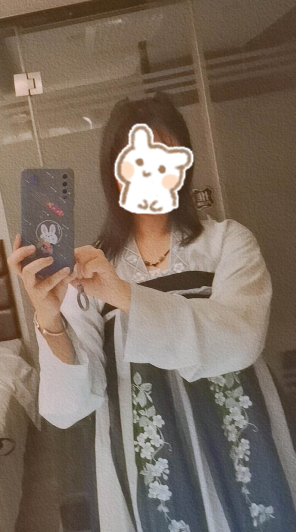
Ⅰ. Some Background Stories
There’s a saying in The Analects: “We shouldn’t wear our hair loose, because Confucius once stated that those with loose hair and left – lapel garments were considered barbarians.”
In the Confucian ideology, once Han people reached adulthood, they were required to tie up their hair. In other words, if someone didn’t style their hair into a bun or tie it up—if they walked around with loose hair—they were seen as “rule – breakers” or “uncivilized.” It’s similar to how our parents scolded us when we were kids: “What’s the difference between you slouching around and a wild child?” As the saying goes, every family has its own rules. Perhaps during that time, the Han people and the barbarians were in a competitive relationship. Neither side wanted to be mistaken for the other, considering the long – standing animosity between them. It’s as shocking as a French person telling their elders that they love English and dislike French.
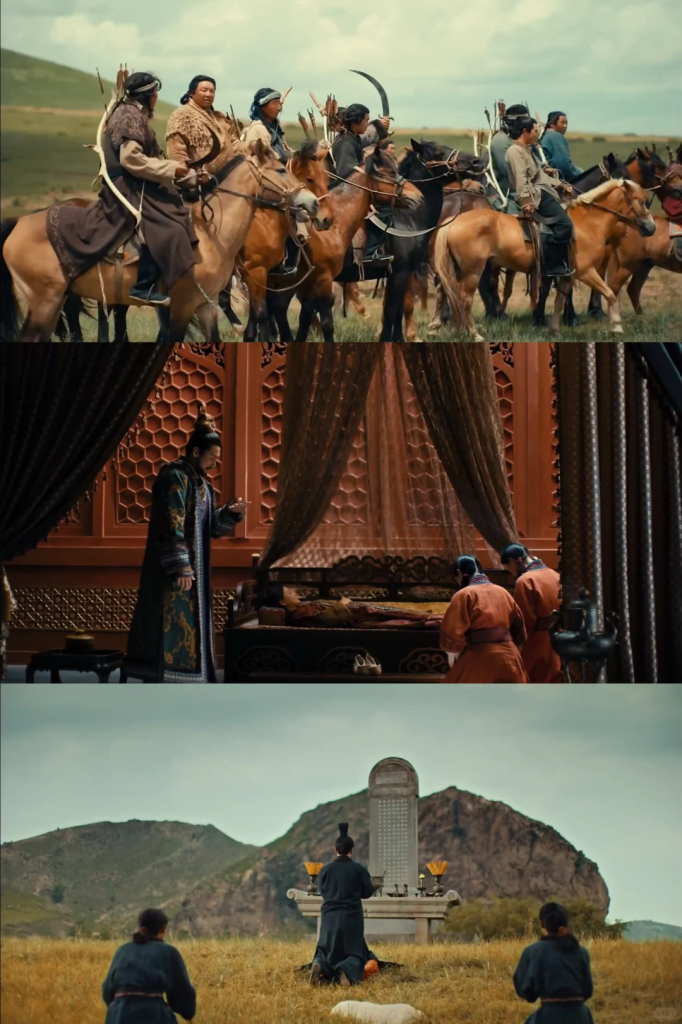
Why did ancient China use hairstyles to distinguish between Han people and ethnic minorities? After Han men came of age (at the capping ceremony guan li) and Han women reached puberty (at the hair – pinning ceremony Ji Li ), they were required to tie up all their hair. Men wore caps, while women inserted hairpins. Except when taking care of their hair in private, only children wore some of their hair down in styles like chuitiao (垂髫, means hanging locks) or wanjiao’er (绾角儿, it means tying the hair into two buns, which are shaped like horns). Some children also sported cute yaji (丫髻, it has one on each side, and they resemble the forked branches of a tree, “丫” in English is “ya”).
It’s fair to say that differences in hairstyles were crucial for telling different ethnic groups apart. During periods of tension between the Han and the Hu ethnic groups, being seen with loose hair may potentially lead to execution. In those times, it was a matter of life and death.
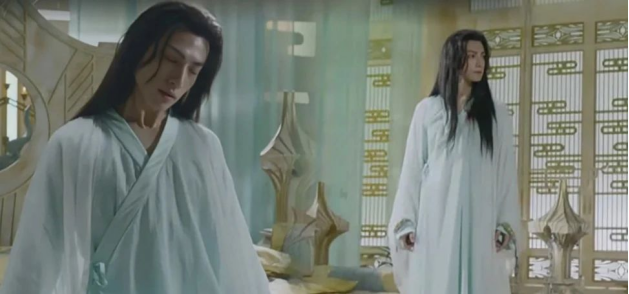
During the Han Dynasty, some hanfu hairstyles featured hanging locks of hair. However, people would still tie their hair at the back, either in a bun or with a hairband; it was never left completely loose. During certain exceptional periods, like the Wei and Jin Dynasties, scholars who were rebellious and yearned to break free from the constraints of Confucian rules would let their hair down during private gatherings.
In traditional Chinese culture, where etiquette reigned supreme, many ethnic groups living on the fringes of the empire were fond of wearing their hair loose. In the eyes of the ancient Han people, these individuals were no different from savages. (Of course, this view was a form of condescending prejudice. We shouldn’t classify people in such a hierarchical manner.)

Ⅱ. What Should We Do?
So, coming back to the question, is it okay to wear our hair in a disheveled manner nowadays?
In modern society, there aren’t such strict hanfu codes. Nevertheless, we should still pay attention to our behavior and demeanor. If your hair is truly a chaotic mess, like in the picture below, it might not make a good impression. (The hair sticking up like that could be due to static electricity or strong sea winds )
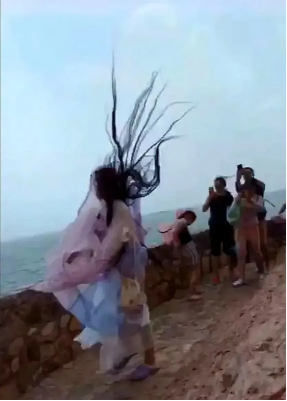
an elegant demeanor, can make a very positive impression.
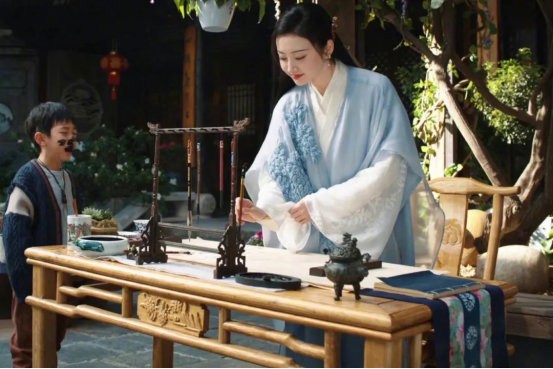
So, wearing hair in a disheveled state isn’t the same as simply having loose hair. But fellow enthusiasts should also be aware of certain issues regarding appearance that can be avoided in daily life:
1. On windy days, it’s better not to wear long hair loose.
Try to tie up your hair. When it’s windy, long, loose hair can be extremely difficult to manage.
2. On formal ceremonial occasions
Especially during traditional ceremonies like the Confucius – worship ceremony, it’s advisable to tie up your hair. Respecting rituals is essential in such settings. In other situations, feel free to wear your hair down, as long as it doesn’t block your vision. Just try to keep it looking neat and presentable.
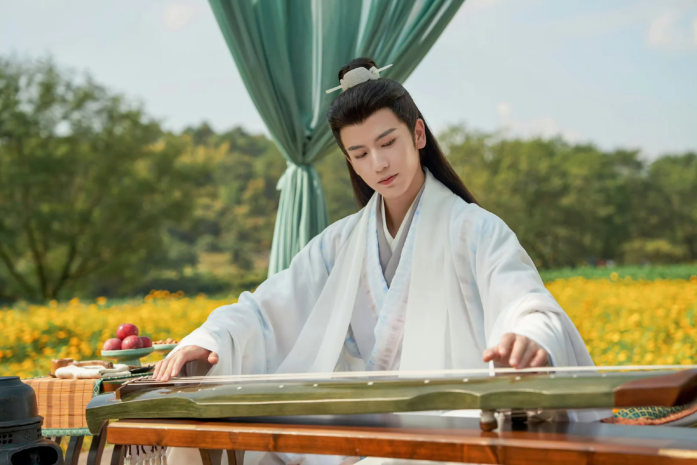
Summary
Who doesn’t want to create a good impression on others? If you find braiding your hair too troublesome, you can buy and wear a fake hair bun. If you’re not good at braiding, you can still create a simple hairstyle. Life isn’t bound by an excessive number of rules. Choose a hairstyle that makes you feel comfortable and is appropriate for the occasion.
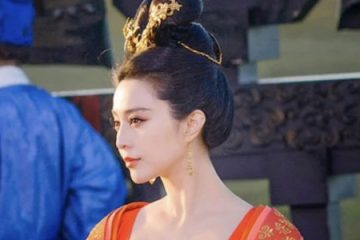
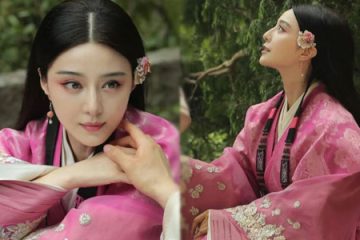
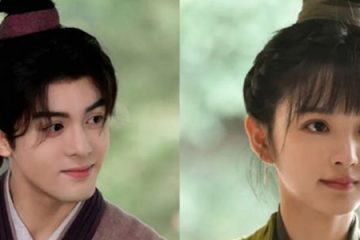
0 Comments